Are you tired of dealing with mold and mildew in your bathroom? Are you looking for a durable and waterproof solution to decorate your bathroom walls? Look no further, as this article will explore the potential of using plaster in a bathroom. Discover the benefits and challenges of using this material and decide if it's the right choice for you.
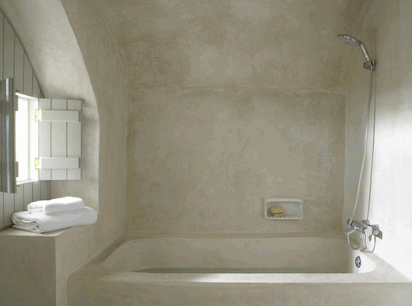
Plaster is generally not recommended for use in bathrooms due to its porous nature, which makes it susceptible to moisture damage and mold growth. Instead, materials such as tile or moisture-resistant paint are recommended for use in bathroom settings. These options act as a protective barrier against water and humidity.
Find out more: How To Paint New Plastered Walls
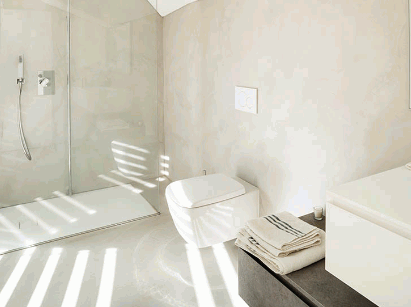
When it comes to home renovations, the bathroom is often a top priority. But before diving into a bathroom project, it's important to understand the materials that will be used. One common question is whether plaster can be used in a bathroom. The answer is yes, but not all types of plaster are suitable for this environment. In this section, we will discuss the different types of plaster and their unique properties, including gypsum plaster, lime plaster, and cement plaster. By the end, you'll have a better understanding of which type of plaster is best for your bathroom project.
Gypsum plaster is a popular choice for bathroom walls due to its moisture-resistant properties and ease of application. Here are the steps for properly applying gypsum plaster in a bathroom:
By following these steps, you can achieve a durable and attractive gypsum plaster finish in your bathroom.
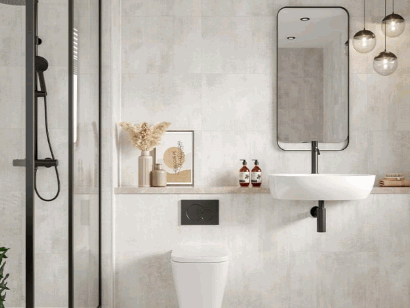
Lime plaster is a traditional material that offers several benefits when used in bathrooms. To properly apply lime plaster, follow these steps:
The use of lime plaster in bathrooms has advantages, such as its breathability, mold resistance, and ability to absorb moisture. However, it may require regular maintenance and has limited design options compared to alternatives like tiles or acrylic panels.
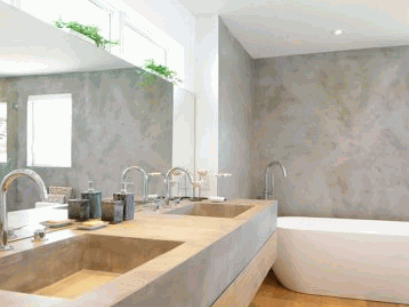
Cement plaster is a commonly used type of plaster for bathrooms due to its durability and resistance to moisture. When applying cement plaster in a bathroom, follow these steps:
While cement plaster has its benefits, such as affordability and versatility, it also has its limitations. Consider alternatives like tile, vinyl wallpaper, acrylic panels, or fiberglass panels for bathroom walls and ceilings. Each option has its advantages and can provide a stylish and functional alternative to cement plaster.
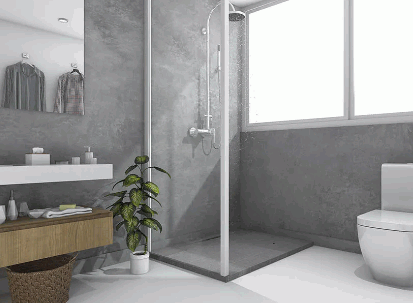
When it comes to bathroom renovations, one material that often comes to mind is plaster. But is it a suitable choice for this high-moisture environment? In this section, we will discuss the pros and cons of using plaster in bathrooms. From its durability and versatility to potential issues with moisture and mold, we'll cover all the important factors to consider when deciding whether or not to use plaster in your bathroom.
Plaster in bathrooms offers several advantages: affordability, ease of use, and versatility. Plaster is a cost-effective and readily available option, making it a budget-friendly choice. It is also easy to work with, allowing for smooth application and flexibility in design. However, there are drawbacks to consider: vulnerability to moisture damage, requiring regular maintenance, and limited design options.
To properly apply plaster in a bathroom, it is important to:
There are also alternative options to consider such as:
- Affordable
Plaster is a cost-effective option for bathroom walls and ceilings due to its low cost and easy availability. It is also user-friendly, making it a popular choice among DIY enthusiasts. Plaster is versatile and can be applied to various surfaces, providing a smooth and seamless finish. However, there are some drawbacks to using plaster in bathrooms. It is prone to moisture damage and requires regular maintenance to prevent issues like peeling or cracking. Additionally, plaster offers limited design options compared to alternatives like tiles, vinyl wallpaper, acrylic panels, or fiberglass panels. Keep these factors in mind when deciding if plaster is the right choice for your bathroom.
- Easy to Work With
Working with plaster in a bathroom can be convenient due to its easy application process and workability.
Alternatively, if you prefer alternatives to plaster in your bathroom, consider options like:
- Versatile
Plaster is a versatile material that can be used in various ways in bathrooms. It is affordable, easy to work with, and offers a range of design options. However, there are some downsides to consider. While plaster is versatile, it is prone to moisture damage and requires regular maintenance. Additionally, it has limited design options compared to other materials.
To properly apply plaster in a bathroom, you need to:
Alternatives to plaster in bathrooms include:
Overall, while plaster offers versatility, it is important to weigh the pros and cons before choosing it for your bathroom.
Using plaster in bathrooms comes with some drawbacks that should be considered before making a decision. Here are the negative aspects of using plaster in bathrooms:
Considering these cons, it's important to explore alternative options for bathroom walls such as tiles, vinyl wallpaper, acrylic panels, or fiberglass panels. These alternatives offer better resistance to moisture and provide more design flexibility.
- Prone to Moisture Damage
Plaster in bathrooms is susceptible to moisture damage due to its porous nature. To prevent this issue, follow these steps when applying plaster in a bathroom:
Given the moisture-prone nature of plaster, it is important to consider alternative options such as tile, vinyl wallpaper, acrylic panels, or fiberglass panels for bathroom walls.
- Requires Regular Maintenance
Regular maintenance is necessary for the upkeep of plaster in bathrooms. Here are the essential steps for proper plaster maintenance:
By following these maintenance steps, you can ensure that your bathroom's plaster remains in good condition and prolongs its lifespan.
- Limited Design Options
Plaster in bathrooms has a smooth and uniform finish that may not provide the desired aesthetic appeal due to its limited design options. However, there are alternatives to consider:
Consider these alternatives to achieve the desired look and functionality in your bathroom.
Plastering is a popular and cost-effective way to give your bathroom a fresh new look. But can you use plaster in a bathroom? The answer is yes, but it requires careful preparation and application to ensure a long-lasting and water-resistant finish. In this section, we will discuss the step-by-step process of properly applying plaster in a bathroom. From preparing the surface to sanding and finishing, we'll cover all the necessary techniques to achieve a smooth and durable result.
Preparing the surface is a crucial step when applying plaster in a bathroom. Follow these steps:
Fact: Properly preparing the surface ensures better adhesion and a smoother finish for the plaster in your bathroom.
Mixing the plaster for bathroom application involves several steps:
Remember to follow safety precautions, such as wearing gloves and a mask, while mixing the plaster.
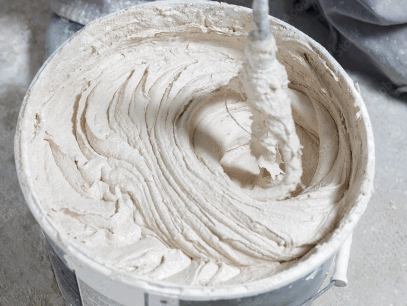
To achieve a smooth and even finish when applying the first coat of plaster in a bathroom, it is important to follow a systematic approach.
Fun Fact: The first coat of plaster is crucial for creating a solid foundation and ensuring the longevity of the final plastered surface in a bathroom.
To achieve a smooth surface when applying plaster in a bathroom, follow these steps:
Consider these suggestions for a successful plaster application: ensure proper ventilation, wear protective gear, and practice proper clean-up techniques.
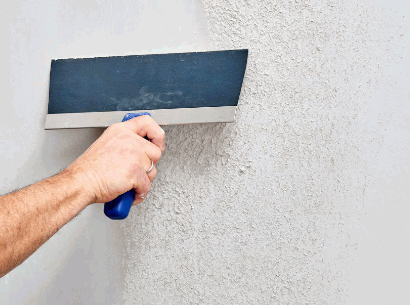
To properly apply the second coat of plaster in a bathroom, follow these steps:
To properly sand and finish plaster in a bathroom, follow these steps:
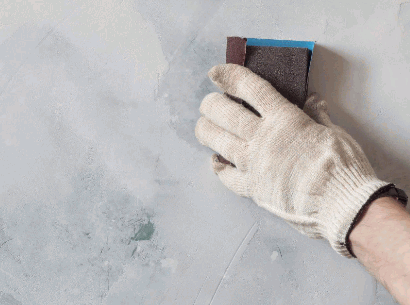
While plaster may be a common choice for bathroom walls, it is not the only option. There are several alternatives that can provide both functionality and style in a bathroom setting. In this section, we will take a closer look at the different materials that can be used in place of plaster, including tile, vinyl wallpaper, acrylic panels, and fiberglass panels. By considering the pros and cons of each option, you can determine the best choice for your bathroom needs.
Tiles are a popular choice for bathroom walls and floors due to their durability and water resistance. Here are the steps to properly install tiles in a bathroom:
When choosing tile for your bathroom, consider factors such as size, color, and texture to achieve the desired aesthetic. Good tile options for bathrooms include ceramic, porcelain, and natural stone.
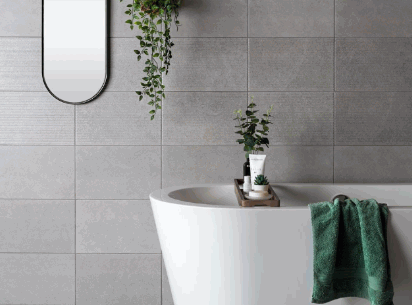
Vinyl wallpaper is a popular alternative to plaster in bathrooms due to its durability, moisture resistance, and ease of installation. It offers a wide range of design options, including textured and patterned finishes. By using vinyl wallpaper, you can easily give your bathroom a new look without the hassle of applying plaster.
However, proper surface preparation is crucial before hanging the wallpaper to ensure a smooth and long-lasting result. If you're looking for other alternatives, you may also consider:
For your bathroom walls, each option has its own advantages and can be chosen based on your specific preferences and requirements.
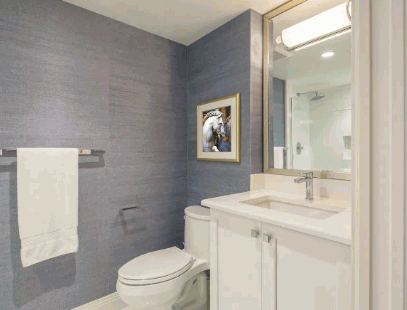
Acrylic panels are a popular alternative to plaster in bathrooms due to their durability, versatility, and ease of installation. Here are the steps to properly install acrylic panels in a bathroom:
Fun Fact: Acrylic panels were first developed in the mid-20th century and gained popularity for their use in commercial and residential applications due to their lightweight nature and resistance to impact and UV rays. Today, they are commonly used in bathrooms as a stylish and practical alternative to traditional plaster.

Fiberglass panels have become a popular choice for bathrooms, as they offer durability, moisture resistance, and easy installation. These panels are constructed with layers of fiberglass reinforced with resin, creating a strong and waterproof surface. They are lightweight, making them convenient to transport and install. Additionally, fiberglass panels offer a variety of design options, including textured and smooth finishes. However, it is important to note that some may prefer the traditional look and feel of plaster walls in their bathrooms over the aesthetic of fiberglass panels.
The development of fiberglass can be traced back to the late 1930s when Russell Games Slayter and a team at Owens-Illinois Glass Company first created it. Originally used for insulation, fiberglass eventually made its way into various industries, including construction. The introduction of fiberglass panels revolutionized the design and construction of bathrooms, providing a durable and water-resistant alternative to traditional plaster walls. Today, fiberglass panels remain a popular choice for bathroom renovations and new constructions.
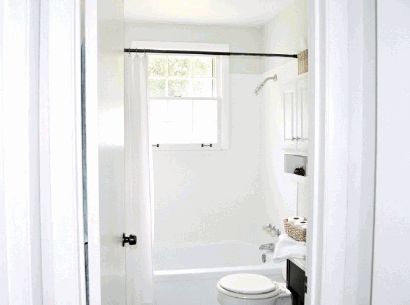
61a, Walton St, Walton On The Hill, Tadworth,
Surrey, KT20 7RZ
info@amorybrown.co.uk